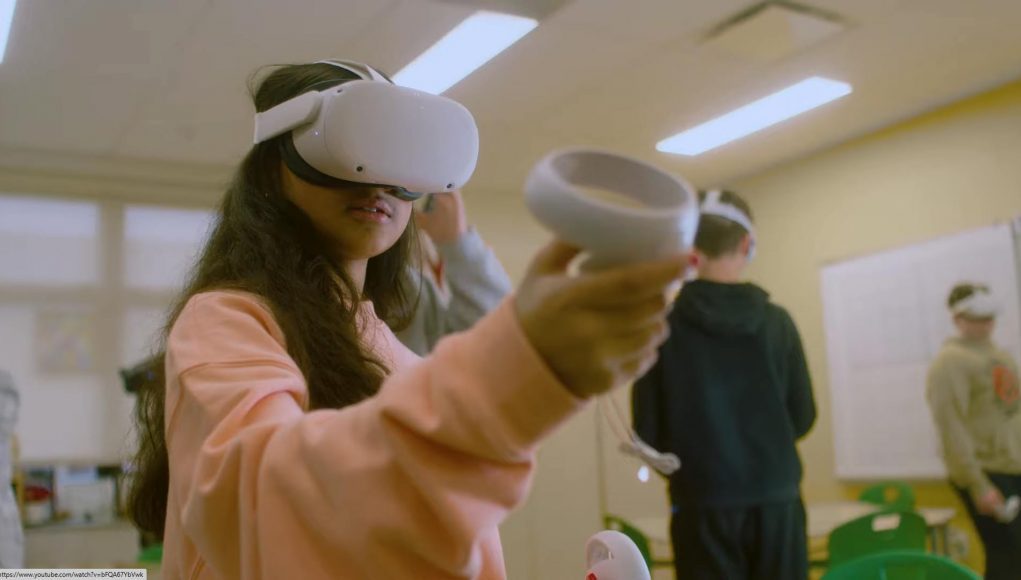Prisms VR, an immersive platform for teaching math, announced it’s raised $12.5 million in a Series A round, which the company says will be used to expand its VR math literacy platform to more schools across the US.
Led by Andreessen Horowitz, the latest funding round brings Prisms VR’s lifetime funding to $19.1 million, according to CrunchBase.
Launched in 2021, Prisms focuses on teaching math in VR through problem-driven, tactile and visual learning. Essentially, it immerses students by confronting them with real-world problems—a far sight from the sort of drab word problems which typically involve far too many watermelons for comfort.
Prisms was founded by Anurupa Ganguly, who has taught math and physics across both Boston and New York City. The app’s development, Ganguly explains, was in response to the US education system, and how math instruction doesn’t appeal to real life situations.
“Technology has failed our students, especially where math is concerned. With new developments in immersive tech, we have the opportunity to make learning experiential and connected to students’ lives,” said Ganguly, founder and CEO at Prisms. “Prisms is the first learning solution that empowers students to experience real-life problems with their bodies versus reading about them divorced from personal experience. They are then able to build up to shorthand abstractions from intuitive visual and tactile experiences that lead to enduring retention and deeper understanding.”
The company says it’s using the funds to accelerate growth and adoption of its product and team in addition to expanding programs to more schools across the US. The company is also currently developing products aimed at higher education and other subjects as well.
The startup’s Meta Quest app is available to parents, tutors and teachers with a seven-day free trial, costing $24 for an annual subscription to its growing library of immersive lessons. For now, it includes around two dozen modules, teaching from middle school fractions all the way to advanced algebra.
To date, Prisms has already been adopted by 100+ school districts across 26 states, the company says, bringing its app to more than 80,000 students.







